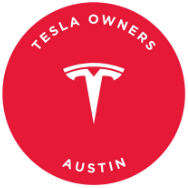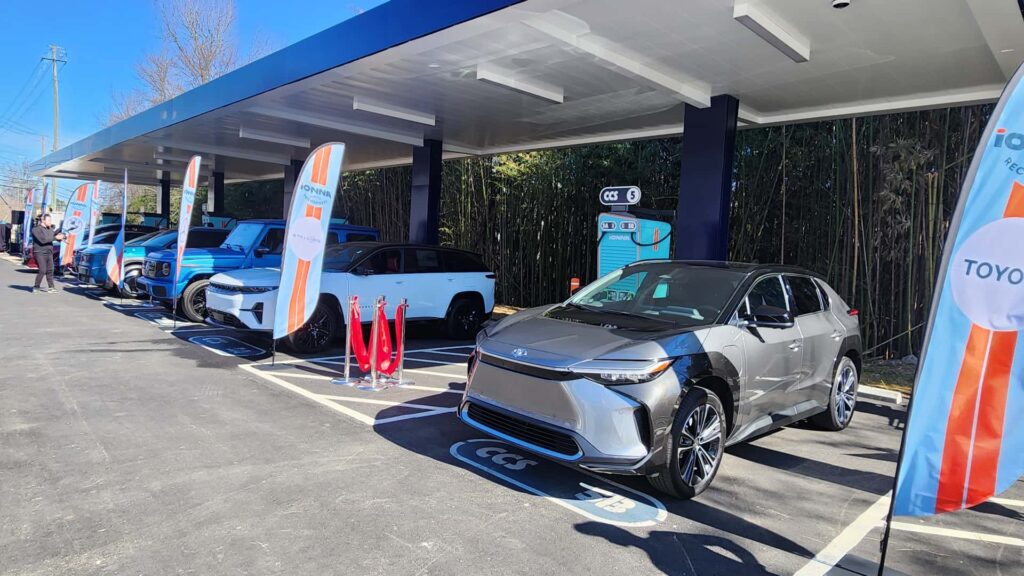The electric vehicle (EV) landscape in the U.S. is evolving rapidly, especially when it comes to DC fast charging (DCFC) stations. Recent data from research firm Paren reveals a significant increase in the size of these charging stations. From January to May, the average number of ports per newly opened station has surged to 4.7, a marked improvement from the previous norm of one to two ports.
For EV drivers, this shift to larger charging stations is a welcome change. The frustration of arriving at a fast-charging station with limited ports or incompatible connectors is becoming less common. Paren’s report highlights this positive trend, indicating that the industry is maturing and learning from past mistakes.
The report emphasizes the importance of larger, high-capacity stations in improving the overall charging experience for EV owners. Companies like Revel, Mercedes-Benz, Walmart, and Ionna are leading the way in adopting the “bigger is better” model. Tesla, known for its extensive Supercharger network, continues to set the standard for multi-stall charging stations.
Even companies that were slow to implement multi-port installations are now ramping up their efforts. ChargePoint, for example, has increased its average number of ports per DCFC project from 1.5 to 2.3. This shift towards larger stations is a clear indicator of where the industry is headed, with 82% of new stations in 2025 featuring three or more ports.
Overall, the expansion of DC fast charging infrastructure in the U.S. is a positive sign for the EV market. As more drivers make the switch to electric vehicles, the availability of reliable and efficient charging options will be crucial. The evolution towards larger, high-capacity stations is a step in the right direction, ensuring that EV owners have access to fast and convenient charging solutions.
In conclusion, the growth of DC fast charging stations with multiple ports is a promising development for the EV industry. With new players entering the market and established companies expanding their infrastructure, the future of electric vehicle charging looks bright in the United States.

